There salcerella (Lythrum salicaria) is a plant of the Lythraceae family. It is also known by the names of salicaria And repairs and grows spontaneously throughout Italy, from sea level to the submontane region. It prefers humid places, for example along ditches, the banks of rivers and streams, lakes, swamps, ponds. In addition to growing wild, it can be grown in the garden and is perfect for adorning ponds and water gardens in general.
Furthermore, the salcerella is a plant renowned in popular tradition for its medicinal properties, which are easy to exploit in domestic herbal medicine.
Description of the salcerella
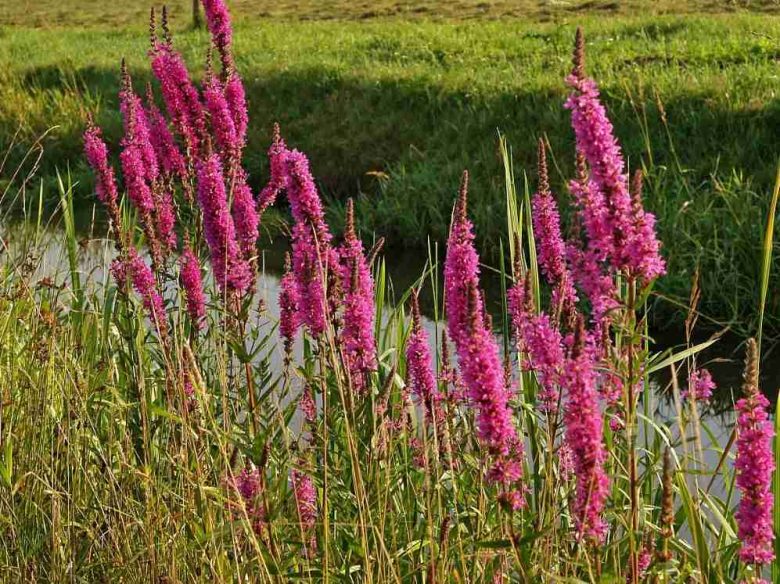
There Lythrum salicaria it is a perennial herbaceous species, with the biological form of scapose hemicryptophyte, that is to say that it survives thanks to its underground rhizome from which the stems rise in spring. The latter are up to 2 m high, are sometimes simple, but often branched from the bottom. They have sub-quadrangular section, semi-woody consistency at the base, surface covered with thin and short reddish hair.
Leaves
The leaves of the salcerella are different depending on the position along the stems. They are sessile: in the lower part of the stem opposite or verticillate three by three; in the upper one they are alternate. The shape varies from elongated-elliptical to triangular-lanceolate, the base is rounded or heart-shaped, the apex is sharp, the entire margin with the lateral ribs that come together in a rib that runs parallel to the margin.
Flowers
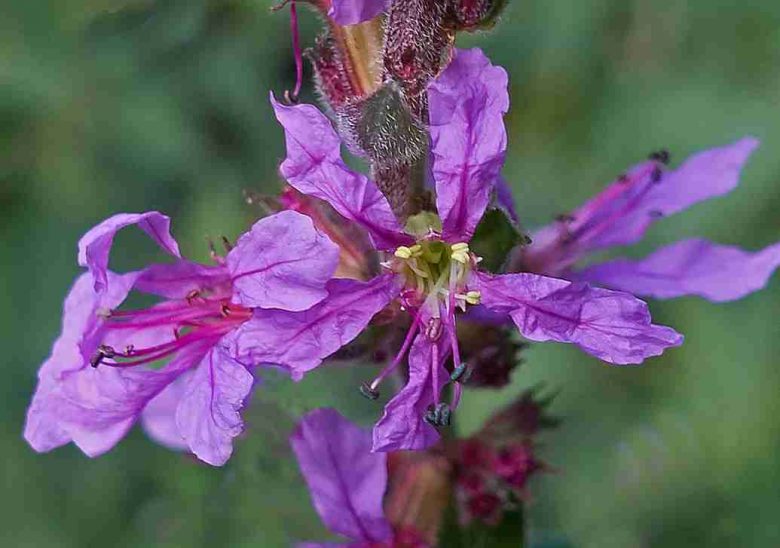
The salicaria flowers are inserted in a dense raceme placed at the apex of the stem. The calyx is tubular and ends in 12 teeth, 6 of which are elongated and thin, while the other 6, alternating with the former, are short and triangular. The corolla has 6 lanceolate petals, of a purplish-pink or purple color, narrowed into a wedge at the base.
The flowering of the salcerella is visible in midsummer and is rather prolonged. The flowers are visited by bees, at a time when other spontaneous blooms are scarce.
Fruits and seeds
The fruit of Lythrum salicaria it is an oblong capsule which when ripe opens in two parts containing numerous small yellowish brown seeds.
How to grow salcerella
The salcerella is a rustic and cold-resistant plant, but very demanding in terms of soil moisture. The optimal exposure for abundant flowering is in full sun, but partial shade is also fine. The important thing is that the soil is moist, so it is ideal in gardens where there are artificial ponds and where therefore water is never lacking. Be careful because it is sometimes described as an aquatic plant, in reality it can withstand sporadic flooding, but the plant must be well rooted in the ground. In this sense we can say that salicaria is a border plant.
Multiplication
The multiplication of the salcerella can be done by dividing the rhizome in early spring. This has to be excavated, undermined from the earth and divided into several parts, each of which is equipped with gems. Once this is done, it immediately regrets 10-15 cm deep in the ground.
Consider that every year the rhizome “expands” by about 20-25 cm, so the plant tends to increase the occupied space. This feature is to be taken into consideration when choosing the location of the plant in the garden.
Sowing of the salcerella
The cultivation of salcerella can also be started starting from the seeds (are easily found for sale), using the technique of direct sowing, to be done between March and May on well-refined soil. There Lythrum salicaria in fact, it has an excellent ability to self-sow itself, so if it finds the right soil and climatic conditions it can become a pest.
Cultural care
The constant humidity of the soil must be guaranteed to the salcerella and this is practically the only precaution to have in the care of the plant. It does not fear competition from other plants, it does not need fertilizing and it does not suffer the attacks of parasites.
Collection
Of the Lythrum salicaria the flowering tops are used in herbal medicine. These must be harvested in the summer flowering, but before the seeds are formed. The tops should be cut about 10 cm below the lowest flowers.
The drying is carried out by gathering the tops in bunches that will be hung in a shaded and ventilated place. Once dry, they can be stored in paper bags.
Properties of the salcerella
THE main constituents of the salcerella are: tannins, pectins, resins, choline and heteroside salicarin. From these active principles derive properties: astringent, anti-inflammatory, antibiotic.
Indications
Salcerella is a very good herb for the treatment of intestinal inflammations and diarrhea of infectious origin. The astringent and intestinal normalizing properties are not only due to the presence of tannins, but also to the salicarine glucoside which has specific antimicrobial properties on the various infectious agents of the intestinal tract.
Popular tradition has also attributed to this plant anti-haemorrhagic and moderating virtues, for internal use, of the menstrual flow.
External use
For external use the Lythrum salicaria it is used in the treatment of varicose ulcers and can be used in mouthwashes for bleeding gums, inflammation and small ulcerations of the mouth, in gargles for sore throats, in compresses on hemorrhoids, eczema, itching and redness of the skin, as a cleanser emergency on wounds and abrasions. The high astringent power of the salcerella also makes its cosmetic use useful for frictions on oily scalp and with dandruff. The tops of the plant are located on sale in specialized stores.
At home, as an astringent and intestinal normalizer for internal use, the infusion is prepared with 3 g in 100 ml of water, to be taken in 2-3 cups a day.
For external use, for redness of the skin and accessible mucous membranes, the infusion is made with 6 g of salcerella in 100 ml of water.

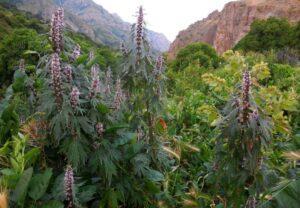
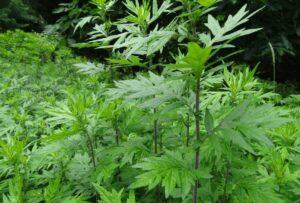
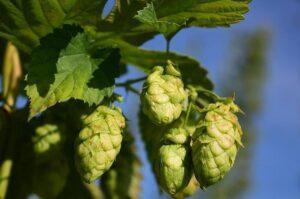
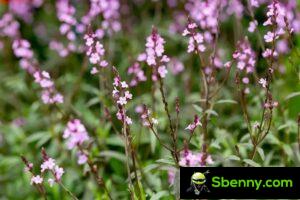
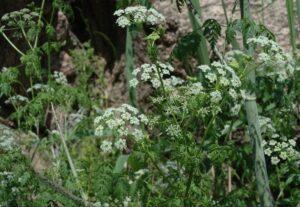
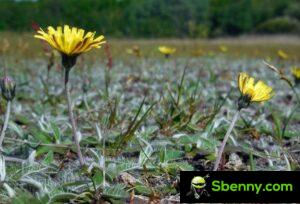
Start a new Thread